China’s financing and investment spread across 61 BRI countries in 2023 (up...
2024-02-27 31 英文报告下载
Figure 1.1 presents the coding of relative U.S. versus Chinese influence. The figure highlights the clear advantage enjoyed by the United States in the competition for diplomatic and political influence: India regards the United States as a friend (albeit an imperfect and perhaps unreliable one) rather than an adversary. The analysis in this report shows greater support for the U.S. vision for the region than for the Chinese vision: India sees China as seeking regional dominance, whereas it does not have similar concerns about U.S. goals. On the question of U.S. commitment to the region, however, India remains highly conflicted: It regards the United States as an often-unreliable partner, particularly vis-à-vis its rival Pakistan.
Public opinion favors the United States over China, but not to an overwhelming degree. In the realm of economic influence, Figure 1.1 highlights China’s narrow-but-noteworthy advantage over the United States. Unlike many other Indo-Pacific nations, India does not face the prospect of economic dominance by China: All nations in Southeast Asia are sufficiently tied to China economically to make confrontation a risky proposition. India’s economic ties are significant, but not nearly as strong as those of its Association of Southeast Asian Nations (ASEAN) neighbors. India regards China’s Belt and Road Initiative (BRI) economic program as a matter of strategic concern—but it also sees significant opportunity in Chinese investment.

标签: 英文报告下载
相关文章
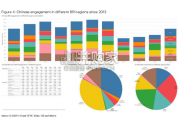
China’s financing and investment spread across 61 BRI countries in 2023 (up...
2024-02-27 31 英文报告下载

Though the risk of AI leading to catastrophe or human extinction had...
2024-02-26 51 英文报告下载
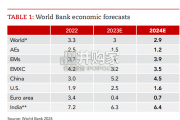
Focusing on the prospects for 2024, global growth is likely to come i...
2024-02-21 96 英文报告下载
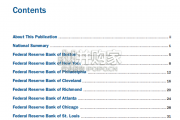
Economic activity declined slightly on average, employment was roughly flat...
2024-02-07 67 英文报告下载
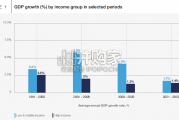
Economic growth can be defned as an increase in the quantity or quali...
2024-02-06 82 英文报告下载
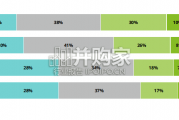
In this initial quarterly survey, 41% of leaders reported their organizatio...
2024-02-05 66 英文报告下载
最新留言